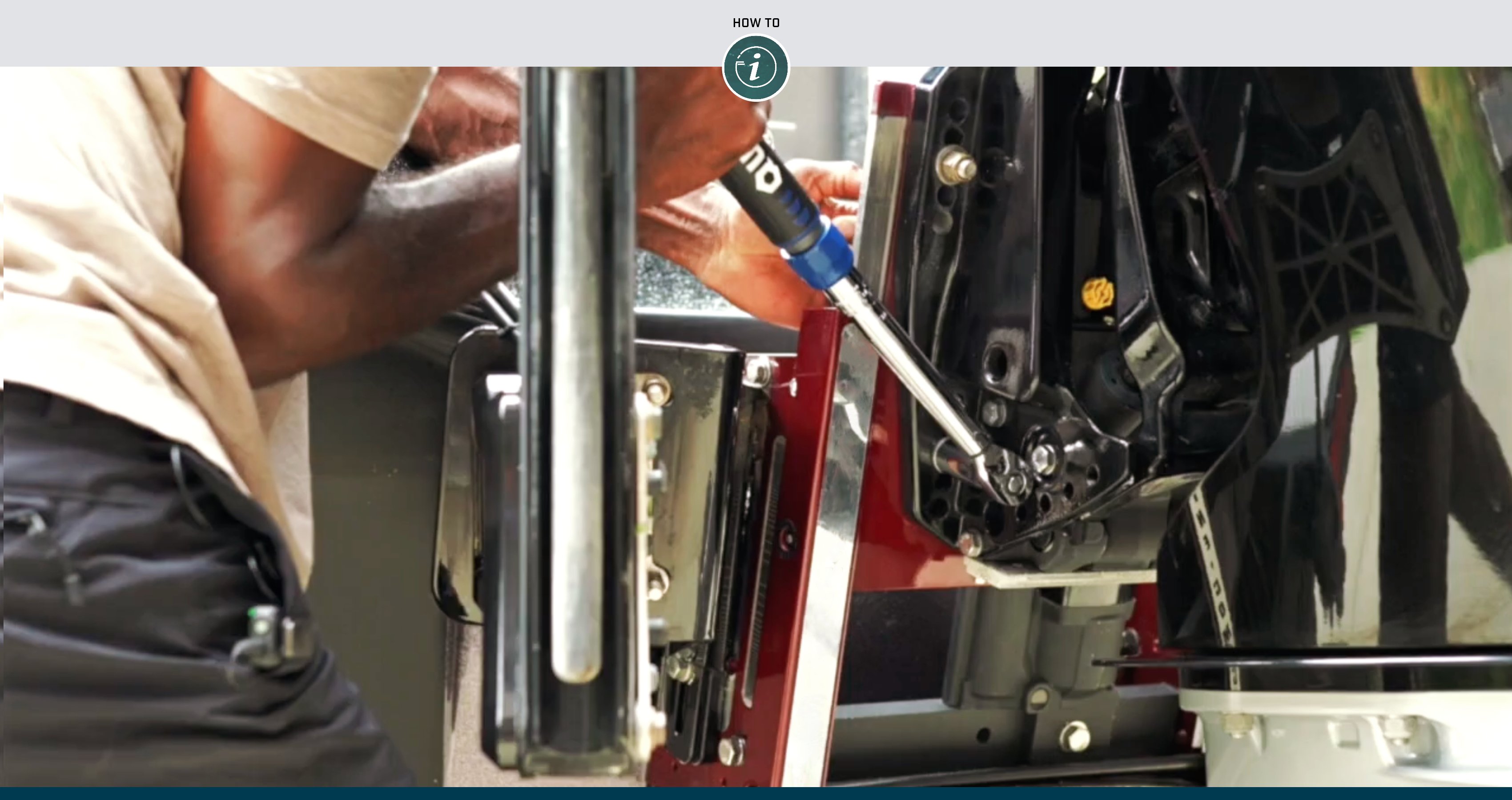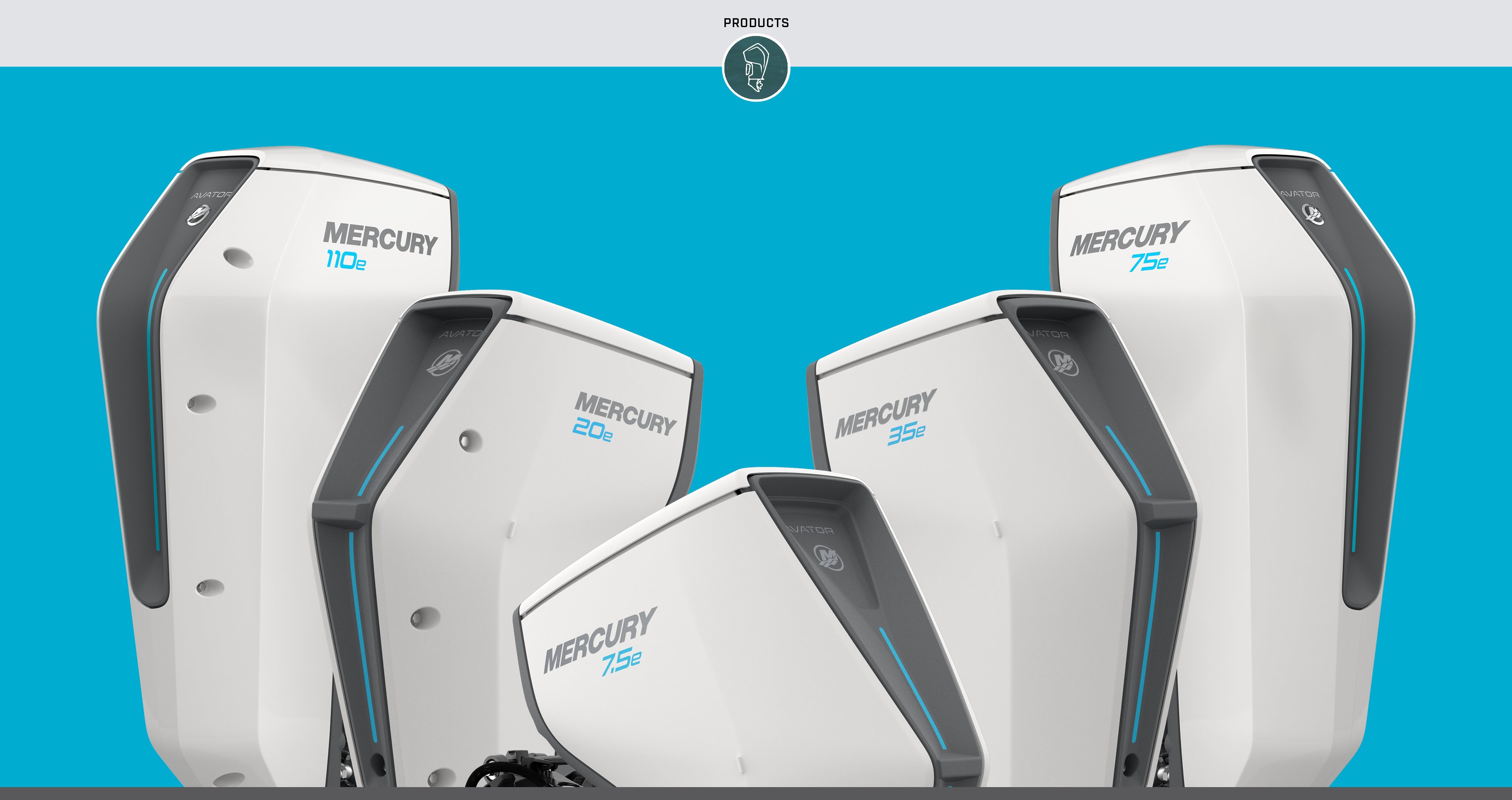If you are new to boating, the “Boating Basics” series of videos from Mercury Marine provides an engaging, educational guide to our favorite pastime that will help you gain confidence on the water. Even if you are an experienced boater, you might pick up a few tips.
Advances in technology have enabled manufacturers to produce incredibly powerful and capable marine electronics that fit on practically any size boat. From chartplotters and fish-finders to various electronic communication devices, these tools help make your time on the water safer, easier and more enjoyable.
Here is a look at some of the basic marine electronics that already may be on the dashboard of your boat – or you may want to add in the future.
VHF Radio
We recommend that every boat have at least one VHF radio, whether it’s permanently mounted to your dashboard or a portable handheld unit – or you can opt to have both. While cellphone coverage can be spotty and unreliable out on the water, a VHF will put you directly in touch with the U.S. Coast Guard or local authorities if you need to make an emergency call. You also can use it to communicate with other boats, marinas, bridges and fuel docks. In addition, you can get weather forecasts via the VHF radio 24 hours a day.
When you are not using your VHF, keep it tuned to Channel 16. Designated as the emergency and distress call channel, Channel 16 is also where the U.S. Coast Guard broadcasts important messages to boaters in the area.
To operate a VHF radio, press and hold the transmission button to speak. Start by saying the name of the party you are calling three times, followed by the name of your boat. End by saying “over” and releasing the transmission button. The other party will respond in the same manner, then request you to move to another channel to continue communication.
Here are the main VHF channels for recreational boaters:
- Channel 9: Use to call a marina or bridge.
- Channel 16: Use to report an emergency or a boating hazard. Never use Channel 16 for casual chitchat as you could prevent another boat from making a distress call.
- Channels 68, 69, 71, 72 or 78: Use to call other boats. If you are planning to rendezvous with friends in their boats during a day on the water, decide which channel you will use before setting out.
Many of today’s fixed-mount marine VHF radios have Digital Selective Calling (DSC) built in. With active DSC, you can press an emergency SOS button on the radio and it will automatically send a distress signal including your identity and GPS location to the U.S. Coast Guard. To activate the DSC function, you need to register the radio, get a Maritime Mobile Service Identity (MMSI) number and program that number into the VHF.
Chartplotter
In recent years, another piece of marine electronics that has become all but indispensable on board is the chartplotter. This instrument displays a chart of the area where you’re boating and uses GPS to locate your boat on that chart. Your longitude and latitude coordinates also will continually update onscreen while you are underway.
You can use a chartplotter to plot your course through the water, avoid hazards marked on the chart and to display your boat’s speed. You can also chart your course in advance or mark favorite bays or fishing spots after you visit them. In addition, you can save a route you have taken and follow it to navigate back home after dark or in the fog with greater safety.
We also recommend you purchase a stand-alone GPS unit, which is a good backup to have on the boat for basic safety. You can use it to pinpoint your boat’s position quickly so you can relay it to responders over the VHF.
Fish-Finders
If you like to fish, you won’t want to head out on the water without a fish-finder. These units use sonar technology to provide depth readings and show the location of fish, structure and various types of cover. Most also show the surface water temperature.
Fish-finders operate via a transducer that is mounted to your boat’s hull. They emit sonar signals that travel to the bottom and bounce back to the transducer, recording information about solid objects like fish, seaweed clumps and driftwood that they encounter along the way.
Additional Electronics
For another layer of safety, we recommend carrying a satellite phone on board. This is especially important if you are planning to run offshore away from sight of land or in a remote location that is out of reach of cellphone service and possibly even out of range of VHF transmissions. Be sure to keep it stored in a waterproof case.
If you are planning to cruise offshore, you also should have an Emergency Position Indicating Beacon (EPIRB) as part of the safety equipment on your boat. There are different types of EPIRBs, including water-activated units and those that can be activated manually. When you purchase an EPIRB for your boat, it’s essential to register it right away so that it is linked to your boat. Also be sure to stow it on board according to the manufacturer’s recommendation. When activated, the EPIRB will use satellite signals to relay your boat’s location to responders.
A smaller sibling to the EPIRB is a Personal Locator Beacon (PLB), which is designed for personal use. In an emergency, such as a man-overboard situation, you simply press the button and the device will send your GPS position to the authorities for a speedy rescue.
Marine electronics is one of the most innovative areas of the boating industry, with exciting new products being launched every day. These devices can be pricey, and some might have features you don’t necessarily need. But if you do your homework in advance, shop carefully and consult with other boaters you know, you should be able to find a suite of electronics that fits within your budget and will serve you well.




